After nearly a decade of being the most mentioned name, Van Don has officially been established as a special administrative and economic zone. This area was also chosen by the government to pilot the special economic zone model from 2017.
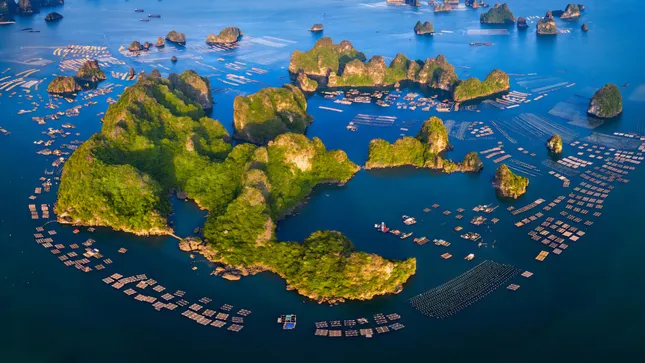
Van Don is also envisioned to become a logistics, high-tech, and financial hub in the northern region.
With the Van Don International Airport, the high-speed Van Don – Mong Cai highway, and the Ao Tien seaport, this area boasts vital infrastructure for international trade, tourism, and transportation.
Van Don is envisioned to become a logistics, high-tech, and financial hub in the northern region. As of this year, Van Don has attracted more than VND 60,000 billion from private investors, especially in the fields of real estate, resorts, and infrastructure.
As the area chosen by the government to experiment with the “special economic zone” model, Van Don possesses many institutional and policy breakthroughs.
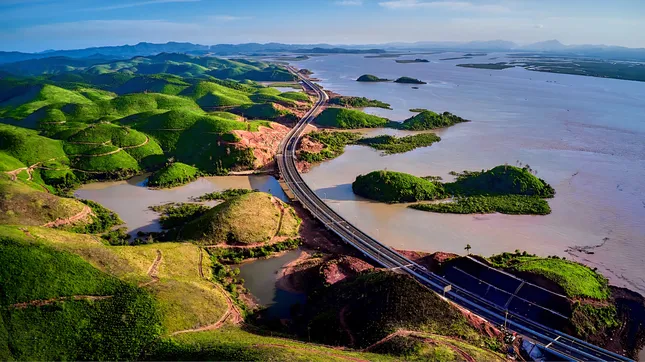
Van Don’s transportation and logistics system is a key advantage for the special zone’s takeoff.
Besides focusing on developing tourism, trade, and logistics, Van Don is also planned to become a center for high technology, finance, and creative services in the Northeast region.
In contrast to Van Don, Co To Island presents a different character: it is a small, pure coastal district with great potential for maritime economy, exploitation of biological resources, and resort tourism.
Co To is surrounded by more than 300 square kilometers of sea, featuring a pristine natural environment rich in coral reefs and rare seafood. With its new special zone status, Co To is expected to attract investment in sustainable fields such as deep-sea research, eco-tourism, and offshore renewable energy.
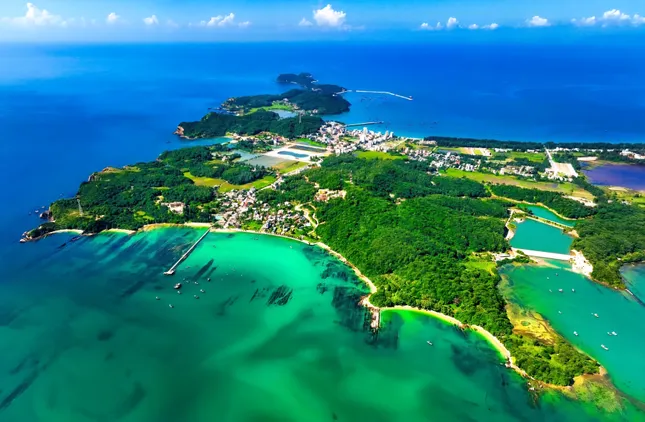
A glimpse of Co To special zone.
As one of the northernmost offshore island districts in Vietnam, located on an international maritime route, Co To has the potential to develop logistics, deep-sea ports, and cruise tourism. The island plays a crucial role in safeguarding national maritime sovereignty.
Its small administrative structure (2 communes and 1 town) and moderate population make it conducive for experimenting with smart governance and high-quality public services.
The merger and streamlining of the provincial administrative system also enable more effective local management and accelerate the reform and innovation of governance models towards specificity.
While Van Don is a large-scale growth pole aimed at global integration, Co To is a “lowland” attractive to green, circular, small, and medium-sized development models.
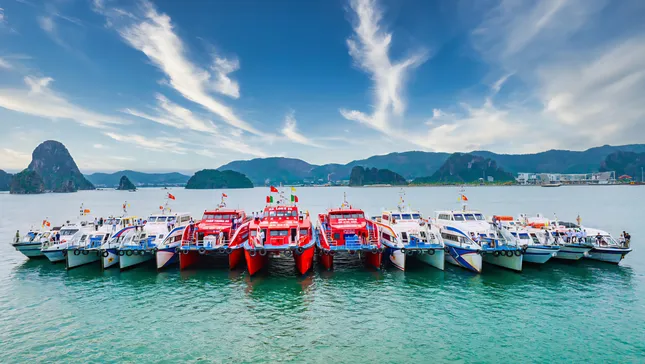
Co To is expected to attract investment in sustainable development fields.
Quang Ninh’s bold move to establish these two special zones demonstrates its determination to maximize the potential of its maritime resources while posing challenges in special zone governance, transparency, ecological conservation, and curbing land speculation.
Quang Ninh’s new special zones crystallize a strategic vision and concrete actions. On the one hand, Van Don is envisioned as a large-scale maritime economic integration hub, while Co To represents a smart and sustainable eco-island model.
According to Mr. Pham Ngoc Thuc, an expert on Quang Ninh’s economy, “The development of special zones relies not only on preferential policies but also on scientific planning, transparent governance, and strategic investors. Enterprises should be provided with the most favorable conditions in terms of mechanisms, procedures, and infrastructure, and it is crucial to protect the environment and bring long-term benefits to the local people.”
A representative from the Quang Ninh Provincial People’s Committee Office shared, “The official establishment of the Van Don and Co To special administrative and economic zones is a strategic step towards Quang Ninh’s goal of rapid and sustainable development. We recognize that this is not just a change in name or administrative boundaries but, more importantly, a shift in development mindset, governance mechanisms, and investment attraction approaches.”

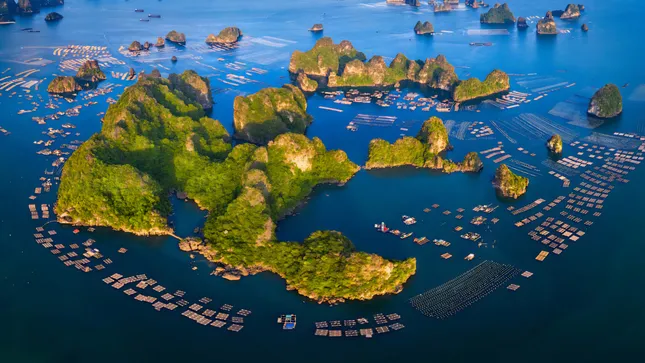




![[Photo Essay]: Experts, Managers, and Businesses Unite to Forge a Path Towards Sustainable Green Industry](https://xe.today/wp-content/uploads/2025/07/z678592918-150x150.jpg)


![[Photo Essay]: Experts, Managers, and Businesses Unite to Forge a Path Towards Sustainable Green Industry](https://xe.today/wp-content/uploads/2025/07/z678592918-100x70.jpg)






